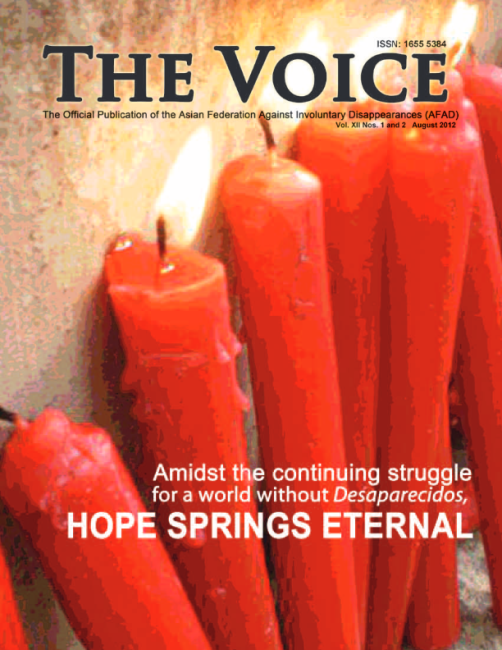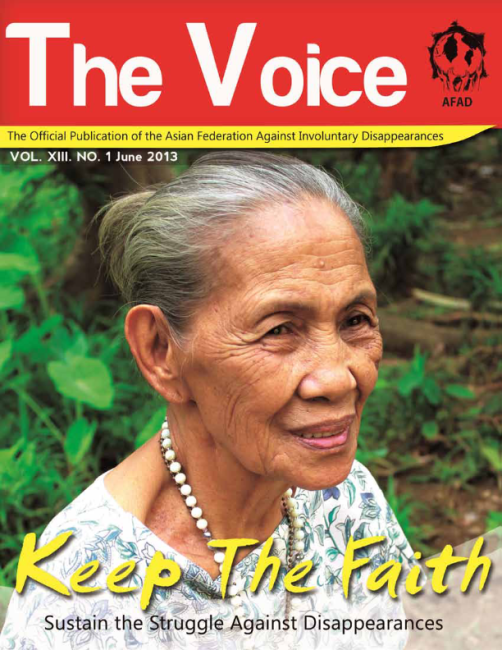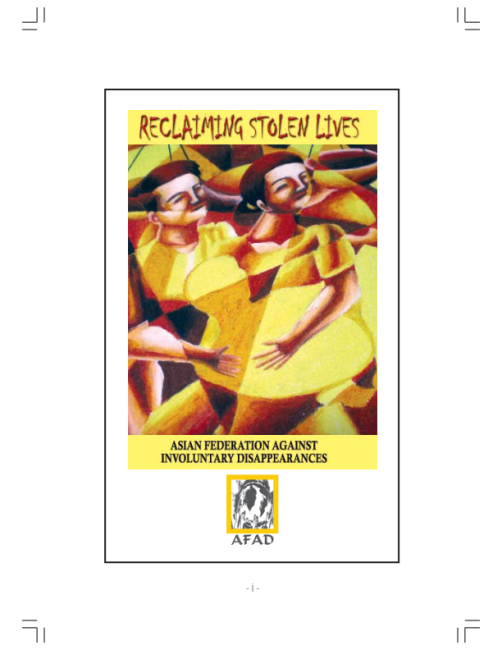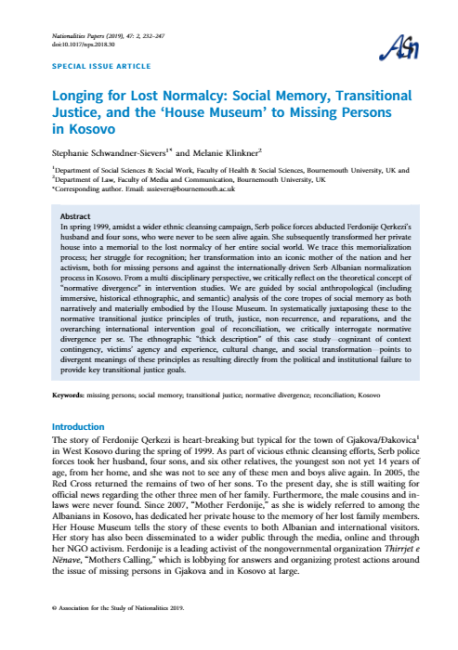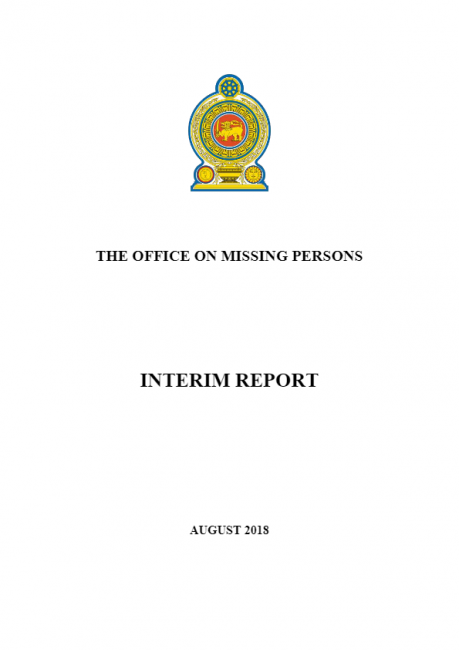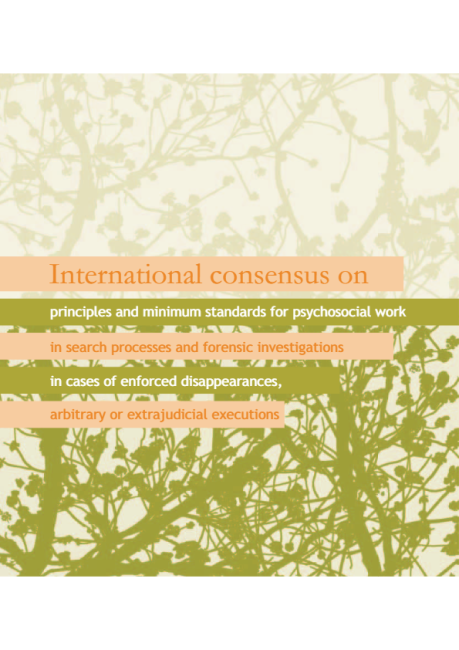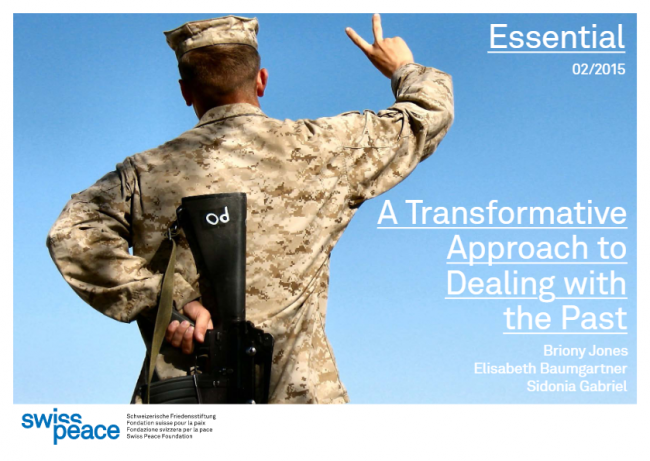
A transformative approach to dealing with the past
Dealing with a past of gross human rights violations is a challenge for societies undergoing political and social transitions. It is a long-term process, which generally includes a number of different actors and mechanisms with not only diverse perceptions of the past but also various visions for the future. Both scholars and practitioners have grappled with the ways in which dealing with the past can be understood and the essential elements of an effective and legitimate process. This includes swisspeace who, together with the Federal Department of Foreign Affairs of Switzerland (FDFA), developed a Conceptual Framework for Dealing with the Past based on the work of United Nations (UN) Special Rapporteur Louis Joinet and later recommendations. The four rights at the centre of this conceptual framework are connected and are thought to be able to contribute to conflict transformation as a broader goal of peacebuilding. Examples of this rationale can be seen in founding documents of dealing with the past mechanisms, such as the UN Security Council Resolution 827 which established the International Criminal Tribunal for the Former Yugoslavia (ICTY) which states that the tribunal “would contribute to the restoration and maintenance of peace” (1993: 1), and national laws establishing domestic mechanisms, such as the Promotion of National Unity and Reconciliation Act No. 34 which formed the basis of the Truth and Reconciliation Commission (TRC) of South Africa, which assumes that the TRC would “promote national unity and reconciliation in a spirit of understanding which transcends the conflicts and divisions of the past” (1995). However, there is limited theoretical or practical work which asks how dealing with the past is and can be connected to conflict transformation. This means that there is a gap in terms of conceptualising the link and in terms of its evidentiary foundation. The current literature on dealing with the past and its tools (like truth commissions, tribunals, reparations or institutional reforms) cannot sufficiently explain the relationship between specific mechanisms and processes and the broader, longer-term social and political change which is necessary for a peaceful future. The concept of conflict transformation provides the missing link in this regard: it focuses on ongoing processes, taking into account the transformation of relationships, behaviours, attitudes, institutions and structures that perpetuate violence. Hence, a conversation between dealing with the past and conflict transformation promises to further explain the link between transitional justice instruments and their contribution to peace and reconciliation (Kayser-Whande and Schell-Faucon 2010). Both dealing with the past and conflict transformation share a common commitment to societal transformation and increased justice through peaceful and lawful means. Reconciliation and the restoring of relationships must emerge from a dealing with a past process. In this Essential, we aim to build on the work which has been done connecting dealing with the past and conflict transformation, and our own practical experiences, in order to identify synergies and the potential way forward for those who wish to ensure that dealing with the past interventions contribute to a transition towards long-term peace and reconciliation. In particular, we focus on the ways in which a conflict transformation lens, approach and methodologies can enhance dealing with the past processes.


